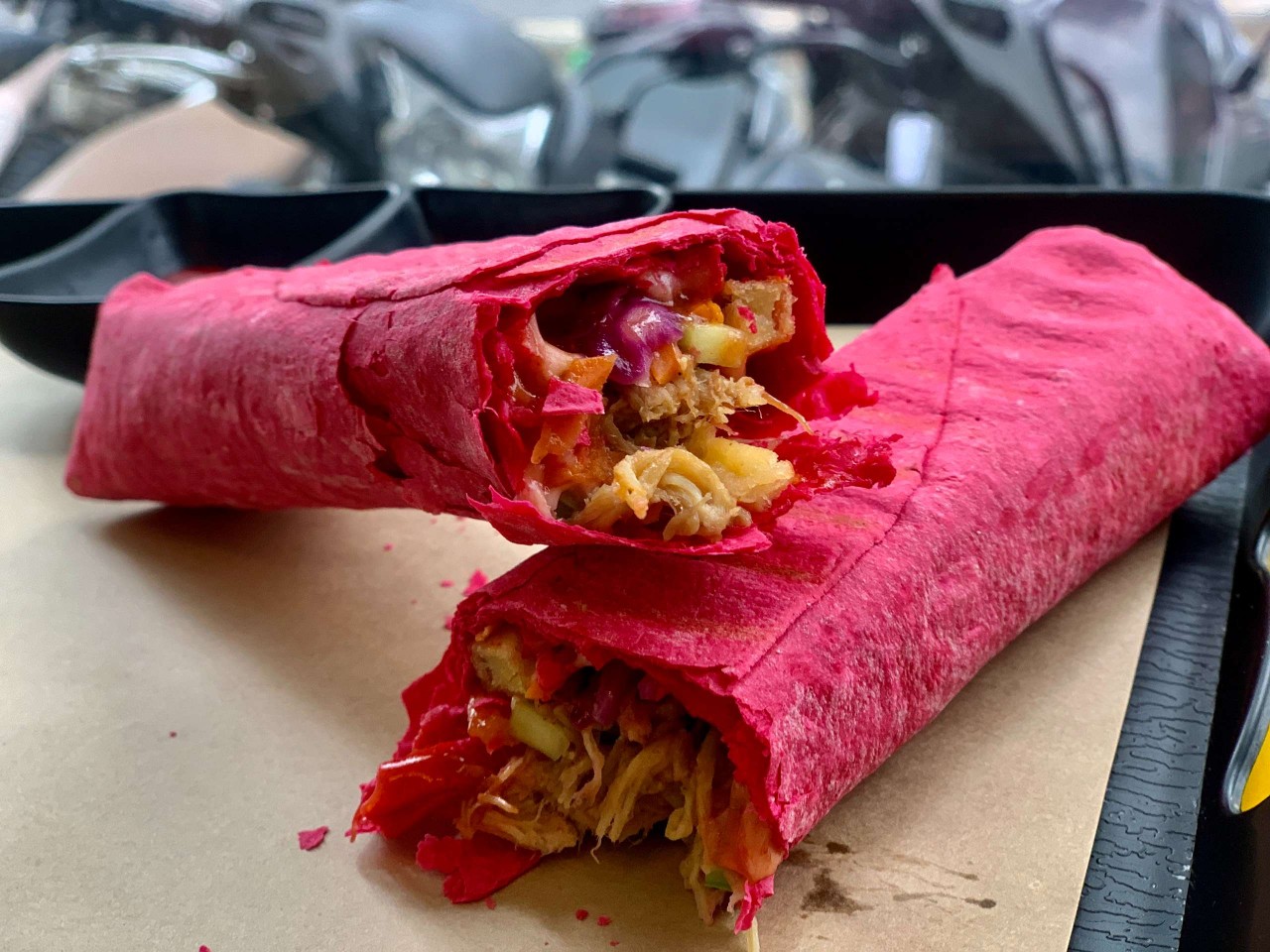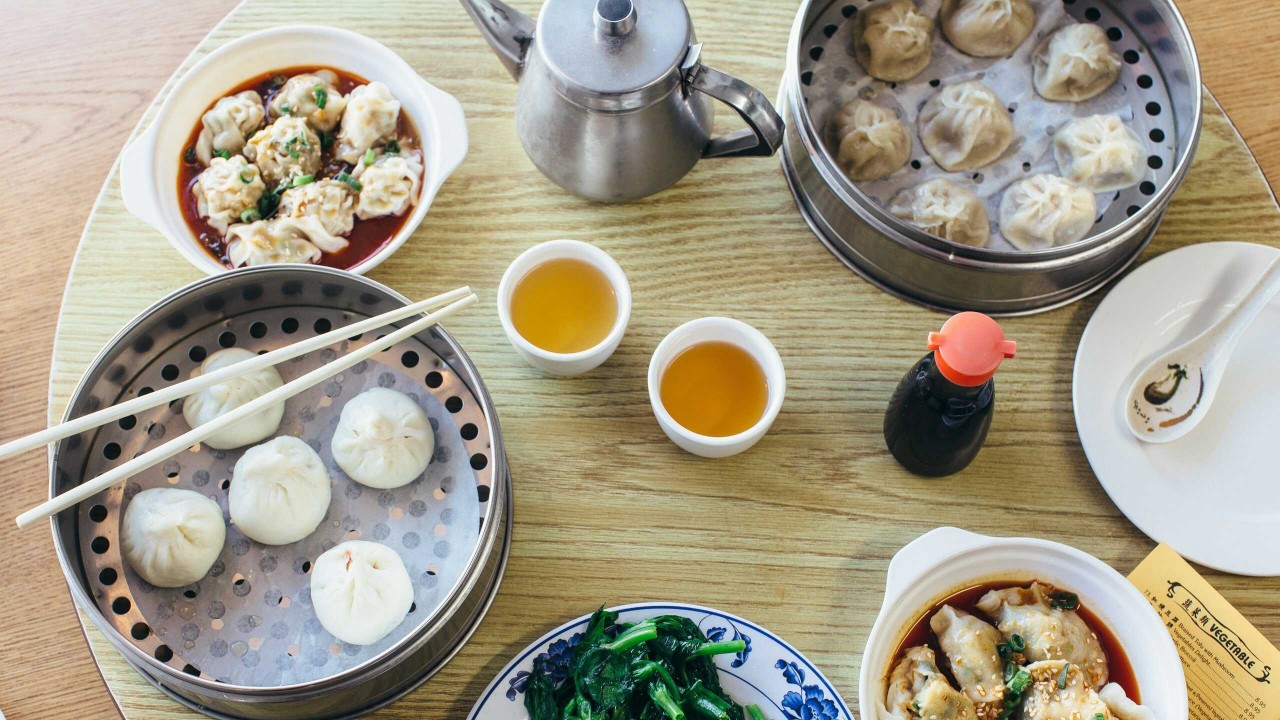Delicious Chinese Winter Hotpot That You Must Try
Chinese hotpot, also known as Chinese fondue, is one of the most popular meals in China. It consists of a simmering metal pot with broth at the center of a table, and all raw ingredients placed beside the metal pot, so people can add and cook whatever they like in the broth.
The hotpot has a long history of over 1,000 years in China. It used to be favored only in winter, but recently hotpot has been appearing on tables all year round.
Besides the delicious flavor, there are two other important reasons for Chinese liking hotpot: the first one is that it is a great way to socialize. People gather around the pot, chatting, eating, drinking, and having fun, according to China Highlights.
The other is that hotpot is a "healthy meal". Boiling is better than frying, and bone nutrients are released into the broth. Eating hot pot can warm the body and improve circulation in winter, and increase perspiration to help cool the body in summer. Some seasonings used in hotpots can help alleviate some minor illnesses like colds, blocked sinuses, and headaches.
Type of Hotpot
There are several varieties of hot pot in China with differently flavored broth. Two of the most popular hotpots are Sichuan hotpot and Beijing mutton hotpot (instant-boiled mutton).
Some other popular hot pots include seafood hotpot in Guangdong, sauerkraut hotpot in Northeast China, chrysanthemum hotpot in Suzhou and Hangzhou, and beef hotpot in Hong Kong.
1. Chongqing Hot Pot
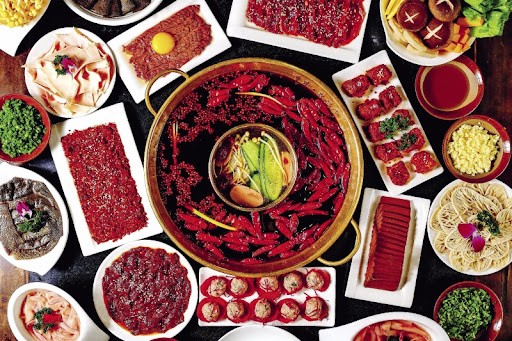 |
| Photo: China Today |
Hot pot is like Chongqing itself – strong, spicy, in-your-face with a down-to-earth history. It’s a dish of the native. There are various tales about the origin of the Chongqing Hot pot. One of them is widely accepted. At the beginning of the 19th century, at Chongqing Chaotianmen Wharf, one of the busiest places at that time, the boatmen and porters in winters would take the leftover meat from the butcher and boil them in a spicy brew of chilies and numbing Sichuan peppercorns, afterward dipping the cooked food in condiments, creating a delicious dish that quickly spread throughout the city. In those times, Chongqing’s famous “stick-stick men” would carry the broth and ingredients on a bamboo stick throughout the city, selling it to any passerby that wanted a meal. In those times, the hot pot would be suspended on the bamboo stick over an open fire, right on the street, according to ichongqing.
Today, hotpot has grown and diversified into a culinary art-food with prices that run that gamut, and choice, fresh ingredients that far outnumber those when hotpot was first born. There are also mild broths available for those that can’t handle spicy food.
2. Chengdu Hot Pot
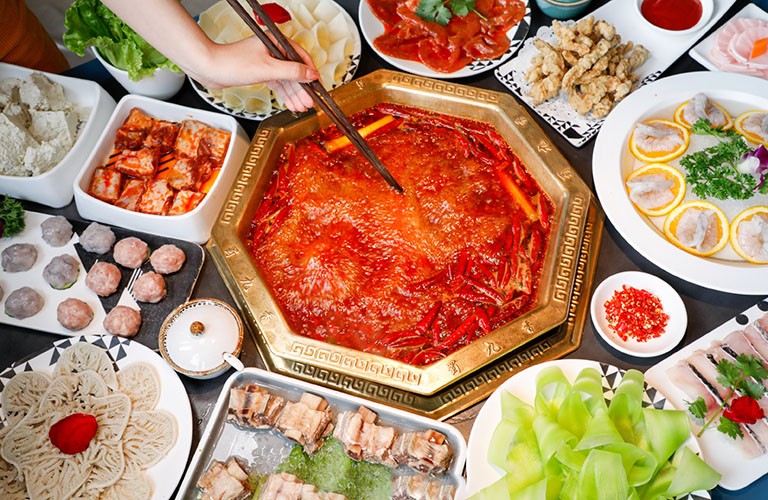 |
| Photo: China Discovery |
Hotpot is very popular in Chengdu and is known for its spicy and hot flavor. Although this kind of hotpot is taken as the Chongqing specialty by the locals, it has become famous and popular all over the country for a long time.
A big pot filled with hot spicy oil and surrounded by plates of raw meats and vegetables. The pieces of meat and vegetables are sliced very small so they will cook very quickly, according to Top China Travel.
Most of the pots used in hotpot are divided into two sections. One half is filled with spicy oil, and the other is filled with a delicious broth for those who are not a big fan of spicy foods. Restaurants are also more than happy to turn down the heat on request.
As everyone knows, the taste of hotpot is determined by broth. The broth used in the Chengdu hotpot is not only a permanent one. Although the main flavor is spicy, the different ingredients will make this food various.
There are over 10 varieties of Chengdu hotpot including hotpot with boiled mutton, and hot pot with beer duck, fish head hotpot, medical herbs hotpot, etc.
Besides the different broths used in the Chengdu hotpot, you can also choose the spicy level of this food. Chengdu hotpot has its own style ranging from simple spicy to moderate, three or four kinds of spices. If you are fond of hot flavor, you should not miss this kind of hotpot during your Chengdu tour.
3. Old Beijing Copper-pot Mongolian Hot Pot
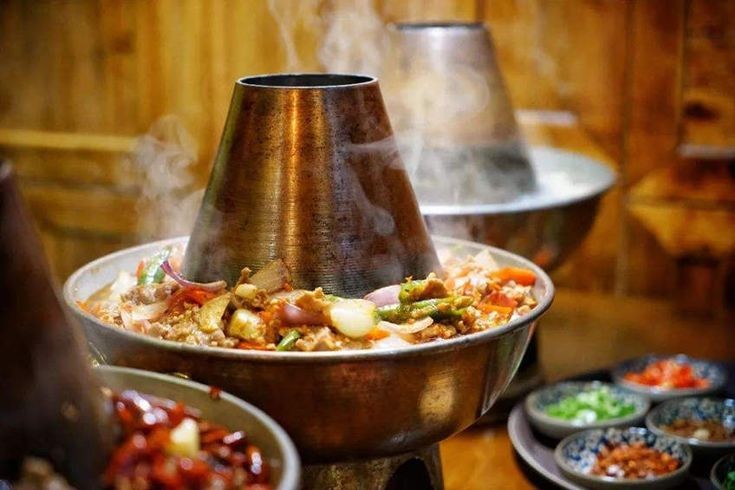 |
| Photo: Pinterest |
Also named mutton hot pot, charcoal hot pot or shabushabu, and it is a traditional old Beijing style hot pot. The thin-sliced mutton is lightly-boiled in clear broth soup (with onion, ginger, and Chinese wolfberry), which ensures freshness and tenderness. Sesame paste is the original seasoning source for copper pot hot pot, whiles beancurd, and cabbage noodles are a basic accompaniment, according to Easy Tour China.
Old Beijing Copper-pot Mongolian Hot Pot is highly recommended in winter to nourish the body.
4. Yunnan Mushroom Hot Pot
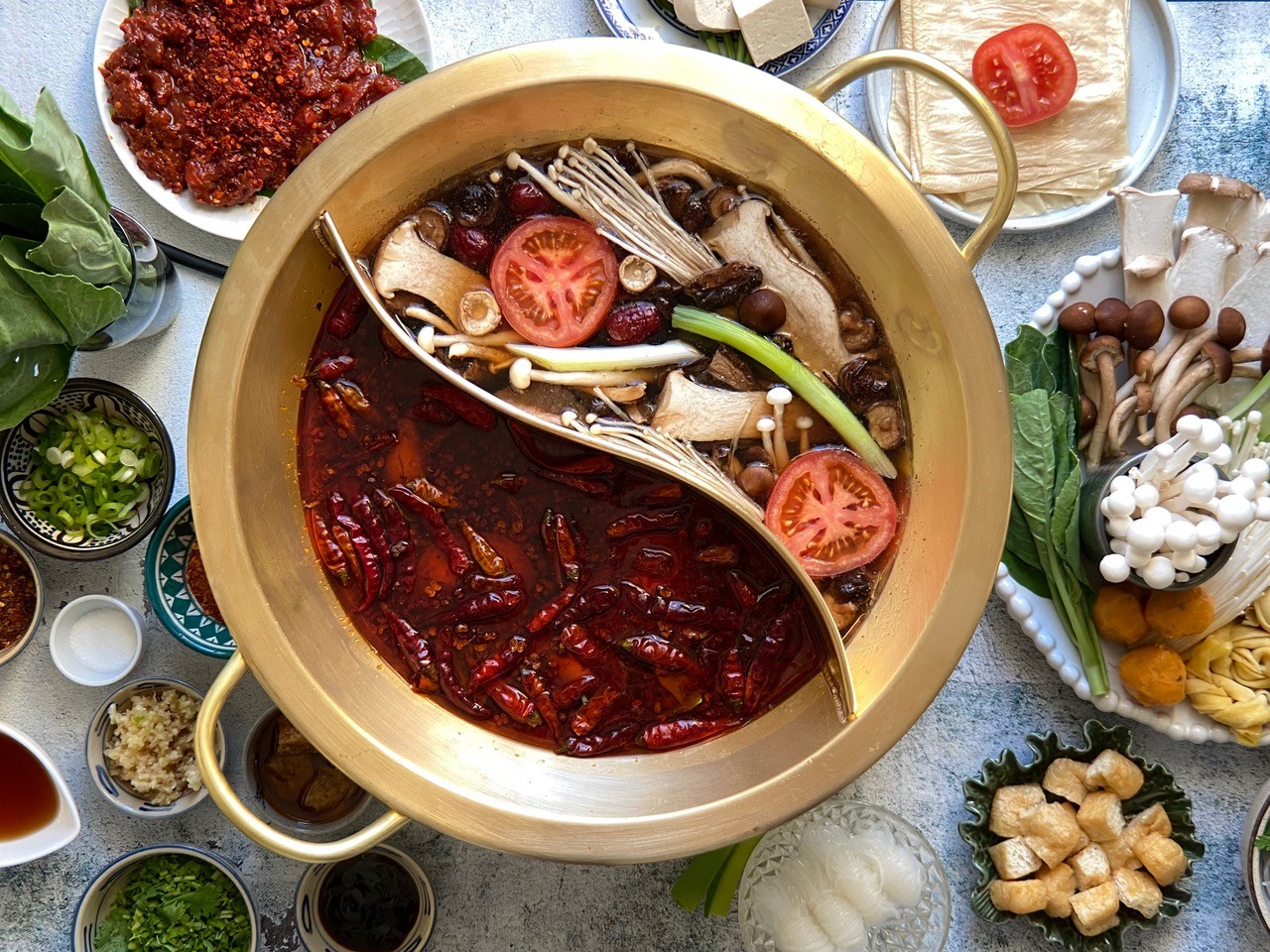 |
| Photo: The Mala Market Blog |
Wild mushroom hotpot is a unique delicacy in Yunnan. Its food is ecological and delicious. It is the favorite of countless diners. Wild mushroom chafing dish is made of old mushroom soup, more than 7 kinds of dried wild mushroom slices and high calcium aggregate mixed for 7 hours. Add special fungus dishes and eat with wild fungus hot pot will not take away the fragrance of wild fungus, but also make up for some of the customers eating habits of spicy and fragrant.
Famous Chinese writer and foodie Wang Zengqi said in his article "The Rain in Kunming" that Kunming has so many fungi that you can see them at any time when you visit the vegetable market in the rainy season. The rainy season is the fungi season. Yunnan people have many ways to eat the mushrooms, from steaming, stir-frying, to hot pot. The essence of eating mushroom hot pot is that put various kinds of mushrooms together into the pot and do not put meat, according to Easy Tour China.
5. Guizhou Sour Soup Fish Hot Pot
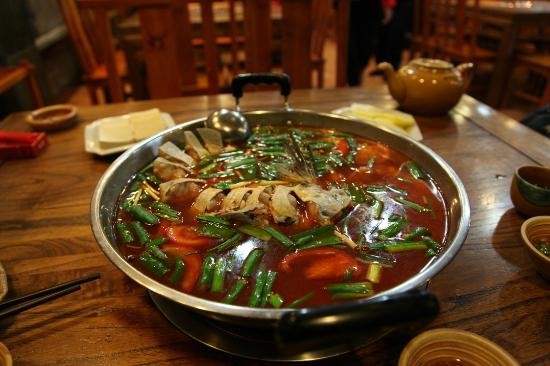 |
| Photo: TripAdvisor |
Like other styles of hotpot, Guizhou Hotpot offers an array of different styles depending on location, including Kaili Fish Hot Pot with Sour Soup and Guiyang Green Pepper Young Chicken Hot Pot. These hot pots are typically peppery, sour, and full of dried red chilies to give that distinctive spiciness. The base soup of Guizhou Hotpot is famous throughout China for its unique flavor and tantalizing smell. The soup is boiled at the table and then you add raw ingredients, such as strips of beef or tofu, depending on your preference. All of the food is cooked at the table and the soup itself can be topped up throughout the meal. We recommend that, before you start cooking, you get a bowl of spices to dip the food in once it is cooked.
Thanks to Guizhou’s ethnic diversity, it is one of the few provinces in China where cuisine from ethnic minorities can be enjoyed. Sour Soup Fish is a perfect example, as it is a staple dish in Miao culture that originates from Kaili. The soup broth is made of pickled cabbage and pickled chilies to give it a hot sour tang, along with ginger, wild tomatoes, shallots, pepper and a few other vegetables. The liberal use of an unusual Chinese spice known as huajiao, which is made from the berries of the Chinese prickly ash tree, gives the broth a unique flavor that would be unfamiliar to a non-Chinese palate. After the broth is bubbling and the aroma of the soup fills the air, the sweet, clear white flesh of the river fish is added. The river fish used in this dish is always locally sourced and tastes incredibly fresh. You must be careful when eating the fish, as there are many tiny bones in the meat, according to Asia Culture Travel.
6. Porridge Hot Pot in Shunde Guangdong
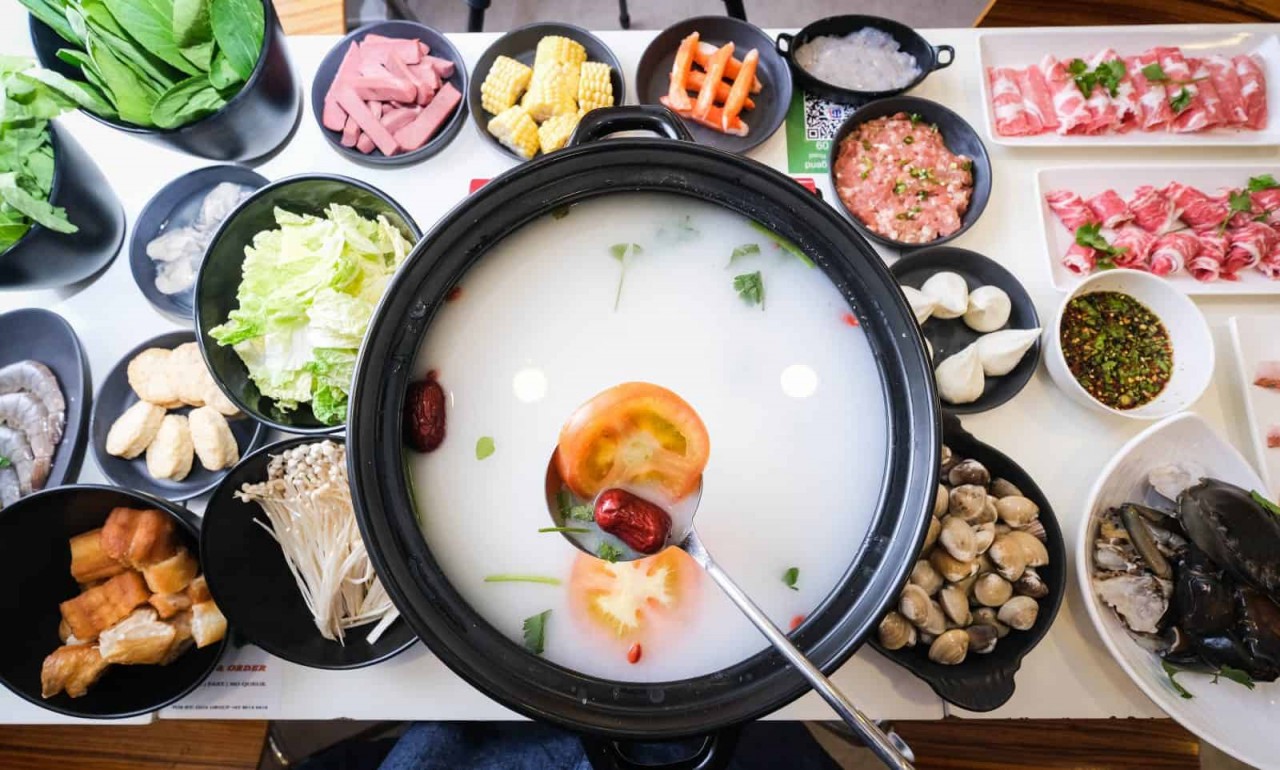 |
| Photo: Miss Tam Chiak |
Porridge culture in Shunde arose in the early 19th Century. In the middle and late 19th century, two sisters surnamed Ouyang became self-employed and went to Singapore to make a living. The Shunde porridge-making skills spread, gradually became famous and improved, and finally became the intangible cultural heritage of Shunde. With the unique technology of making congee water, Shunde people create the unique porridge hot pot, according to Easy Tour China.
Congee hotpot originates from Shunde in Guangdong Province. Guangdong people are known for their love for congee, seafood, and beef. And Shunde people enjoy all their favorite things in one hotpot. The congee base used in the hotpot is called wumizhou (毋米粥), which means that there’s “no concrete rice” in it.
 | Various Autumn Dishes Around The World for Food Lovers Now countries around the world are immersed in autumn colors, besides the beautiful scenery, the culinary specialties of this season are equally attractive to tourists. |
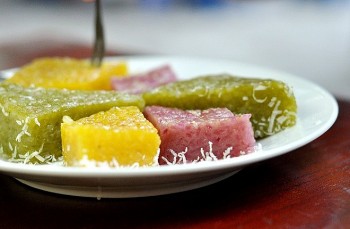 | A Brief Guide to Vietnam's Almost-Lost Dessert Many young people have never tasted this traditional Vietnamese dessert. |
 | Vietnamese Values Displayed at EXPO 2020 Participating in the EXPO 2020 Dubai for the first time, Vietnam brings unique cultural quintessence to introduce to international friends. |
Recommended
 Handbook
Handbook
Vietnam Moves Up 8 Places In World Happiness Index
 Handbook
Handbook
Travelling Vietnam Through French Artist's Children Book
 Multimedia
Multimedia
Vietnamese Turmeric Fish among Best Asian Dishes: TasteAtlas
 Handbook
Handbook
From Lost to Found: German Tourist Thanks Vietnamese Police for Returning His Bag
Popular article
 Handbook
Handbook
Prediction and Resolution for the Disasters of Humanity
 Handbook
Handbook
16 French Films To Be Shown For Free During Tet Holiday In Vietnam
 Handbook
Handbook
Unique Cultural and Religious Activities to Welcome Year of the Snake
 Handbook
Handbook




